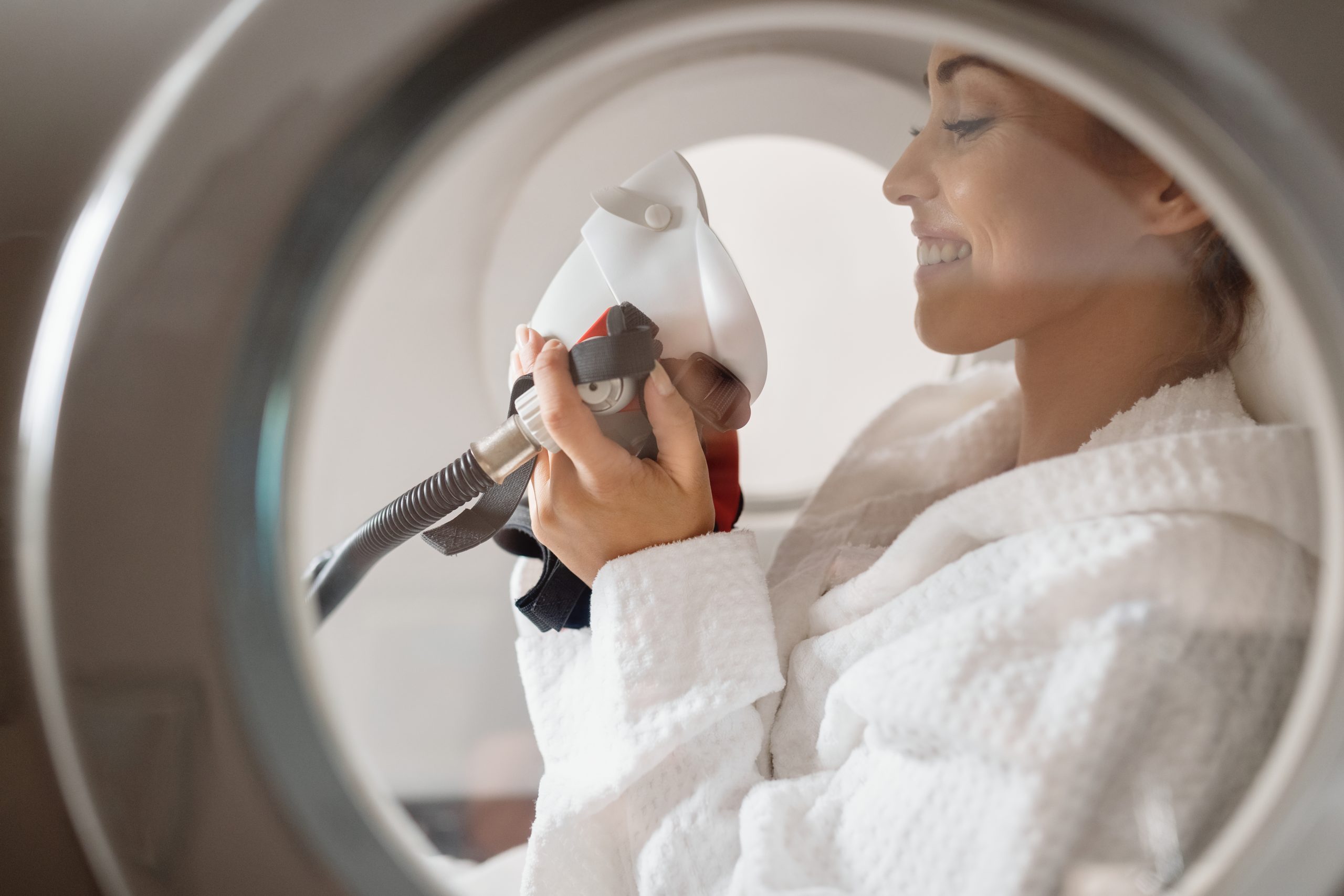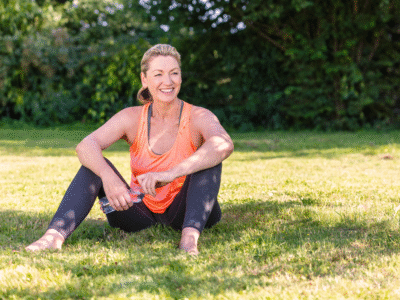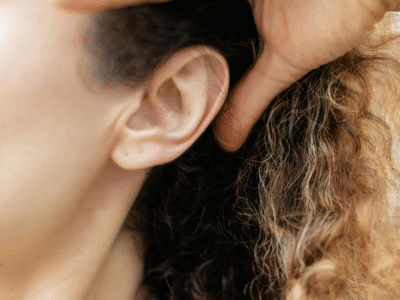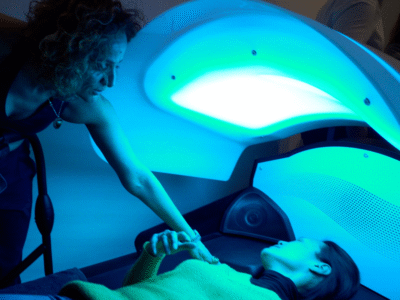The purported benefits of hyperbaric oxygen therapy are impressive and wide-ranging, but are they true?
Hyperbaric oxygen therapy (HBOT) was traditionally used to treat scuba divers who’d experienced decompression sickness after returning to the surface too quickly. But the treatment is now available in private health and aesthetic clinics around the world, with a long list of benefits promised.

During treatment, patients spend up to 90 minutes in an enclosed chamber containing pure oxygen in air that’s at two or three times normal atmospheric pressure. This means they breathe in much more oxygen than they would normally. According to The Mayo Clinic: “When your blood carries this extra oxygen throughout your body, this helps to fight bacteria and stimulate the release of substances called growth factors and stem cells, which promote healing.”

What are the health benefits of hyperbaric oxygen therapy?
According to The Mayo Clinic, HBOT can help treat serious infections or wounds that may not heal as a result of diabetes or radiation injury, as well as severe anaemia, brain abscesses, burns, crushing injuries, gangrene, skin infections and sudden sight loss.
Researchers in the US are looking into whether HBOT could help other conditions, including stroke, chronic fatigue, spinal cord injury, PTSD, inflammatory bowel diseases and sports injuries. The use of HBOT in sport is already widespread. The Wales football team, for example, reportedly uses HBOT to help reduce recovery times and treat injuries.
So far, research on the treatment is inconclusive. Hassan Murad, a hyperbaric medicine physician at Mayo Clinic in Rochester, Minnesota, says: “None of these indications are supported by high-quality studies. They should be considered experimental.”
There have even been claims in a study by Tel Aviv University and the Shamir Medical Center, both in Israel, that HBOT can reverse the ageing process among healthy adults, which is why it’s often cited as an anti-ageing skincare treatment. But, sadly, this relates to the ageing of blood cells rather than making us look younger.

What are the risks of hyperbaric oxygen therapy?
The rather long list of possible side effects is somewhat off-putting. These include ear pain or injury, temporary myopia (short-sightedness) or eye lens changes, lung collapse, lowered blood sugar (a high risk for people with diabetes), seizures (among those with a pre-existing history). What’s more, some patients with heart failure can get worse after multiple treatments.
“People who have chronic ear problems may have difficulty in clearing their ears and may need tubes placed in their ears to tolerate treatment, which is not common but can happen,” explains Hassan. “And we have to be careful with patients who have a history of seizures or heart failure and treat them only when we think the benefits outweigh the risk, a process called shared-decision making.”
Where to find a hyperbaric oxygen therapy chamber in the UK
Currently, HBOT is only available on the NHS for decompression illness and or arterial gas embolism (an air bubble in the blood). So if you’re looking to reap any of the other purported benefits you’ll have to go private, and it certainly won’t come cheap.
According to Oxygen Healing, a UK-wide clinic providing HBOT, treatments can require up to 40 sessions setting you back £200 a go. You’ll even find HBOT in some skincare and aesthetic clinics, including London’s BelleCell for £160.













